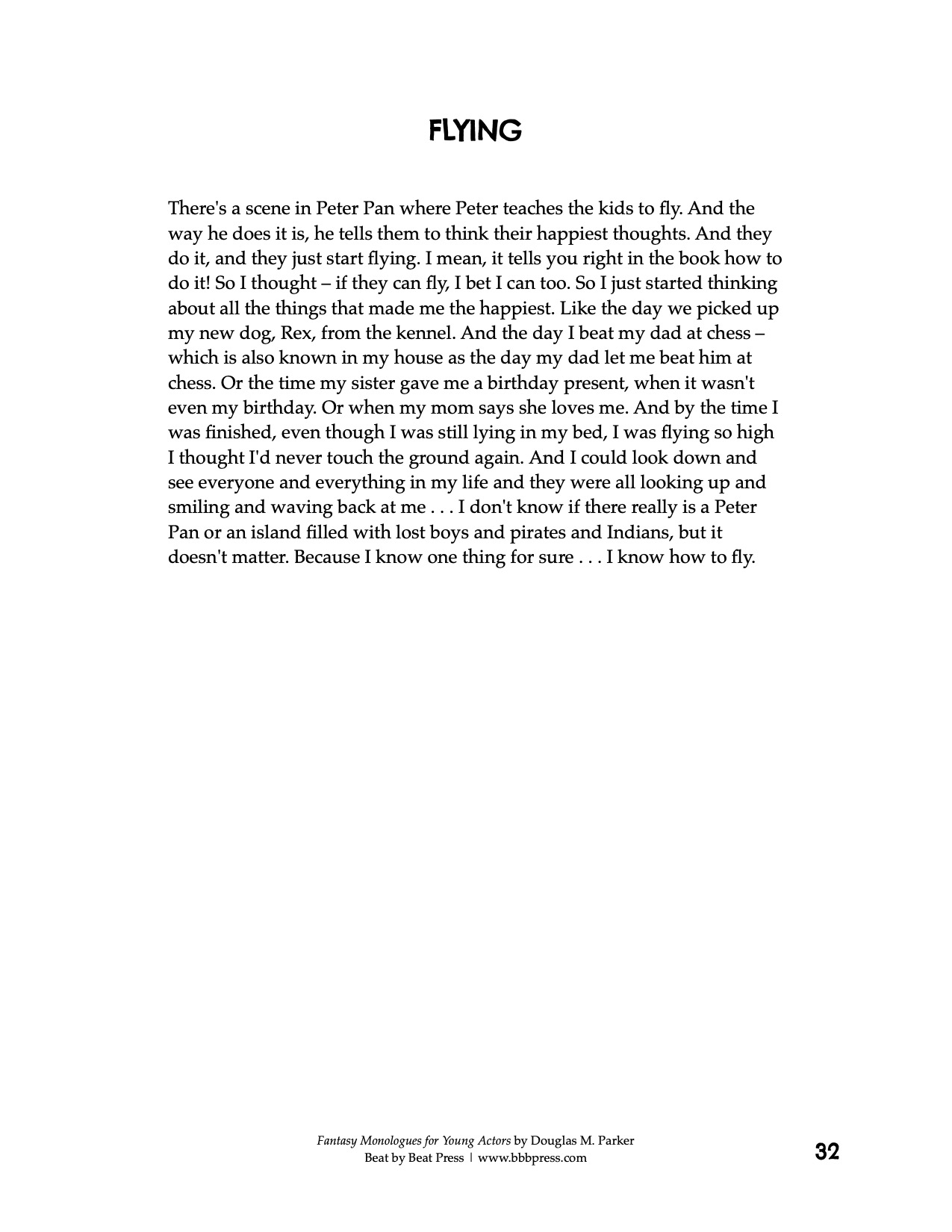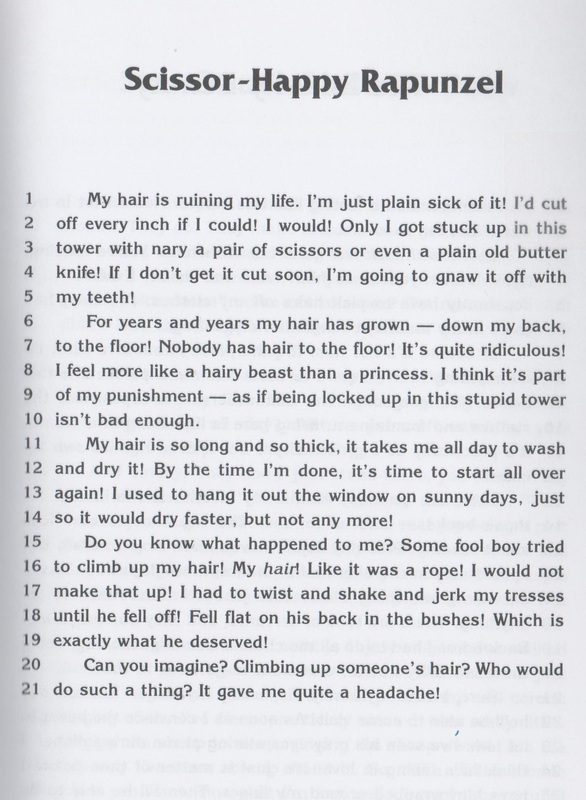2 Minute Monologues For Women: Unlock Your Inner Voice
You’ve probably heard about monologues, right? But have you ever thought about how powerful a 2-minute monologue can be for women? It’s not just about reciting lines; it’s about expressing emotions, showcasing talent, and leaving an unforgettable impression. Whether you’re an aspiring actress, a drama student, or simply someone who loves the art of storytelling, 2-minute monologues for women can be your ticket to greatness. So, let’s dive in and explore why these short performances are more impactful than you might think.
Monologues are like the secret weapon of actors. They’re a chance to show off your skills, connect with an audience, or even land that dream role. For women, 2-minute monologues offer a unique platform to explore complex characters, express diverse perspectives, and amplify voices that deserve to be heard. In a world where representation matters, these performances can be a game-changer.
But hold up—why 2 minutes? Well, it’s the perfect length to grab attention, deliver a powerful message, and leave people wanting more. Short enough to keep things engaging, but long enough to let your personality shine through. So, if you’re ready to master the art of 2-minute monologues for women, you’re in the right place. Let’s get started!
Read also:Joel Embiid Needs Another Knee Surgery In Latest 76ers Crusher
Why Are 2 Minute Monologues for Women So Important?
Let’s face it—acting is competitive. Every audition, every performance, every callback is a chance to stand out. That’s where 2-minute monologues come in. These bite-sized performances are like a snapshot of your talent. They allow you to showcase your range, emotional depth, and ability to command a stage. For women, this is especially crucial because it’s an opportunity to break stereotypes, challenge norms, and redefine what it means to be a female performer.
But the importance goes beyond just auditions. Monologues help you develop confidence, refine your craft, and connect with audiences on a deeper level. Whether you’re performing Shakespeare, contemporary scripts, or even original material, these 2-minute gems can be transformative. They’re not just about memorizing lines; they’re about embodying a character and bringing them to life.
How to Choose the Right Monologue
Choosing the right monologue is like finding the perfect outfit for a big event. It needs to fit your personality, highlight your strengths, and make a statement. When it comes to 2-minute monologues for women, there are a few key factors to consider:
- Character Alignment: Pick a monologue that aligns with your age, background, and type of roles you want to pursue. If you’re auditioning for a specific role, choose something that matches the character’s energy and tone.
- Emotional Range: Look for a piece that allows you to showcase a wide range of emotions. Audiences love authenticity, so choose something that lets you tap into your feelings and connect with the material.
- Relevance: Consider the context of the audition or performance. Are you aiming for a classical role? A modern drama? A comedy? Choose a monologue that fits the genre and style you’re targeting.
Remember, the right monologue should feel like a glove—it should fit perfectly and make you feel confident and empowered. Don’t be afraid to experiment with different options until you find the one that truly resonates with you.
Top 5 Monologues Every Woman Should Know
Now that you know how to choose the right monologue, let’s dive into some of the best 2-minute monologues for women. These pieces are tried and tested, and they’re sure to leave a lasting impression. Here’s a list to get you started:
- “The Vagina Monologues” by Eve Ensler: A powerful and thought-provoking piece that explores themes of femininity, empowerment, and identity.
- “A Streetcar Named Desire” by Tennessee Williams: Blanche DuBois’ monologue is a classic choice that showcases vulnerability, desperation, and resilience.
- “The Glass Menagerie” by Tennessee Williams: Laura Wingfield’s reflections on her fragile world are both poignant and relatable.
- “Rosencrantz and Guildenstern Are Dead” by Tom Stoppard: A witty and philosophical monologue that challenges the audience to think deeply about existence and purpose.
- “A Raisin in the Sun” by Lorraine Hansberry: Ruth Younger’s heartfelt words about dreams, sacrifice, and family are timeless and impactful.
These monologues are just the tip of the iceberg. There are countless other scripts out there waiting to be discovered. The key is to find one that speaks to you and allows you to shine.
Read also:Lawmakers Urge Feds To Exonerate Hero Cop Who Unwittingly Spied For The Chinese Lost Everything Never Wavered
Mastering the Art of Delivery
So, you’ve picked your monologue—now what? The next step is mastering the art of delivery. This is where the magic happens. Here are some tips to help you deliver a knockout performance:
- Memorize, Don’t Recite: Memorization is essential, but don’t just recite the lines like a robot. Internalize the meaning behind each word and make it your own.
- Use Your Body: Acting isn’t just about words; it’s about physicality too. Use gestures, facial expressions, and movement to enhance your performance.
- Connect with the Audience: Make eye contact, engage with the space around you, and create a connection with the people watching. Remember, they’re there to support you!
- Practice, Practice, Practice: Rehearse your monologue until it feels natural. Record yourself, perform in front of friends, and seek feedback to improve.
Delivery is everything. It’s what separates a good performance from a great one. So, take the time to refine your technique and make every word count.
The Psychology Behind Monologues
Have you ever wondered why monologues are so powerful? It’s not just about the words—it’s about the psychology behind them. When you perform a monologue, you’re essentially stepping into someone else’s shoes and experiencing their world. This act of empathy is incredibly impactful, both for you as a performer and for the audience watching.
Monologues also tap into universal emotions like love, fear, anger, and joy. These emotions are what make the performances relatable and memorable. By connecting with these feelings, you create a bridge between yourself and the audience, allowing them to see a part of themselves in your character.
Understanding Emotional Resonance
Emotional resonance is the key to a successful monologue. It’s about making the audience feel something—whether it’s laughter, tears, or a lump in their throat. To achieve this, you need to dig deep and find the emotional core of the piece. Ask yourself: What’s the main message? What’s at stake for the character? How can I make this moment unforgettable?
When you approach a monologue with emotional intelligence, you’re not just performing—you’re creating an experience. And that’s what truly sets you apart as a performer.
Overcoming Common Challenges
No one said performing a 2-minute monologue was easy. There are bound to be challenges along the way, but don’t worry—we’ve got your back. Here are some common obstacles and how to overcome them:
- Nerves: Feeling nervous is normal. To combat stage fright, practice deep breathing, visualization, and positive self-talk. Remind yourself that you’ve got this!
- Mistakes: Everyone makes mistakes. If you slip up during a performance, don’t panic. Keep going and trust that the audience won’t even notice.
- Lack of Confidence: Confidence is built over time. Surround yourself with supportive people, celebrate your progress, and focus on your strengths.
Remember, every challenge is an opportunity to grow. Embrace them, learn from them, and keep pushing forward.
Where to Find Monologues
Now that you know how to choose and deliver a monologue, where do you find them? Luckily, there are plenty of resources available. Here are some of the best places to discover 2-minute monologues for women:
- Books: Look for anthologies of monologues, such as “The Best Women’s Monologues” series or “Great Monologues for Women by Women.”
- Online Databases: Websites like MonologueArchive.com and StageAgent.com offer a wide selection of scripts for free or a small fee.
- Theater Companies: Many theater companies provide access to their scripts or host workshops where you can learn new monologues.
Don’t be afraid to explore different sources until you find the perfect monologue for you. The more options you have, the better equipped you’ll be to tackle any audition or performance.
Building Your Repertoire
Having a repertoire of 2-minute monologues is like having a toolkit for success. It allows you to be prepared for any situation, whether it’s an audition, a class assignment, or a spontaneous performance. Here’s how to build your repertoire:
- Variety: Choose monologues from different genres, time periods, and styles. This will showcase your versatility as a performer.
- Practice Regularly: Rehearse your monologues regularly to keep them fresh in your mind. You never know when you’ll need to pull one out at a moment’s notice.
- Update Your List: As you grow as an artist, your preferences may change. Keep adding new monologues to your repertoire and retire the ones that no longer serve you.
A strong repertoire is a reflection of your dedication and passion for the craft. So, invest the time and effort to build one that truly represents you.
Expert Tips from Industry Professionals
Want to hear from the pros? Here are some expert tips from industry professionals who know a thing or two about 2-minute monologues for women:
“Monologues are your chance to shine. Don’t be afraid to take risks and make bold choices. The more authentic you are, the more memorable your performance will be.” – Sarah Jones, Actress
“Focus on the subtext. What’s the character really saying between the lines? That’s where the magic happens.” – David Mamet, Playwright
These insights are invaluable for anyone looking to elevate their monologue game. Take them to heart and let them guide your performances.
Conclusion: Take the Stage
We’ve covered a lot of ground, from choosing the right monologue to mastering delivery and building your repertoire. By now, you should have a solid understanding of why 2-minute monologues for women are so important and how to make the most of them. Remember, every performance is a chance to grow, learn, and inspire.
So, what’s next? Take action! Choose a monologue, practice it until you own it, and take the stage with confidence. And don’t forget to share this article with your fellow performers. Together, let’s amplify women’s voices and create unforgettable moments on and off the stage.
Table of Contents
- Why Are 2 Minute Monologues for Women So Important?
- How to Choose the Right Monologue
- Top 5 Monologues Every Woman Should Know
- Mastering the Art of Delivery
- The Psychology Behind Monologues
- Overcoming Common Challenges
- Where to Find Monologues
- Building Your Repertoire
- Expert Tips from Industry Professionals
- Conclusion: Take the Stage


